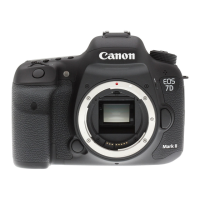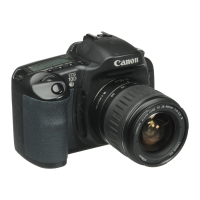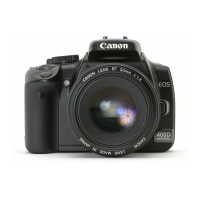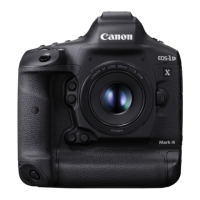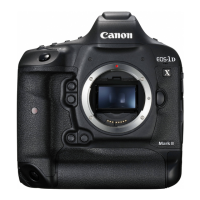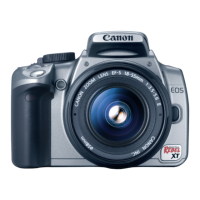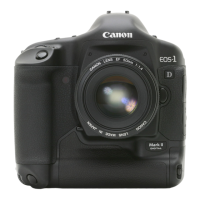128
REFERENCE
Basic Terminology
AE
Auto Exposure is a function that calculates the exposure automatically. The camera has a
built-in exposure meter that automatically determines the correct exposure (the combination of
shutter speed and aperture value).
AF
Auto Focus is a function that focuses the camera automatically.
Aperture value
The lens aperture opens and closes to control the amount
of light that reaches the imaging element. The aperture
value (or f/number) is equal to the focal length divided by
the aperture diameter. The aperture value is displayed on
the camera’s LCD panel and in the viewfinder, and ranges
from 1.0 to 91, depending on the particular lens mounted
on the camera.
CF (CompactFlash) Card
CompactFlash card is the storage media used to record captured images taken by the EOS
D60.
Depth of Field
When a subject is in focus, a distance in front of and behind the subject is also in focus. This is
called the depth of field. The greater the aperture value (that is, the smaller the aperture), the
broader the depth of the field. This is called a deeper depth of field. Conversely, the smaller
the aperture value (larger aperture), the narrower the depth of field, called a shallower depth of
field.
The depth of field is affected as described below:
1 A smaller aperture (larger aperture value) increases the depth of field.
Thus, using smaller aperture provides a deeper depth of field.
2 At a given subject distance and aperture value, a lens with a shorter focal length increases
the depth of field.
Thus, a wide-angle lens gives a deeper depth of field than does a telephoto lens.
3 At a given aperture value, a greater distance between the camera and subject increases
the depth of field.
4 When the optimum focus is on the subject, the depth of field behind the point of optimum
focus is longer than the depth of field in front of the point of optimum focus. The depth of
field is normally twice as deep behind the subject as in front of the subject (see illustra-
tion).
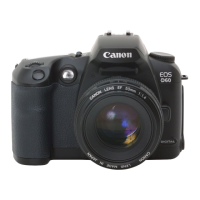
